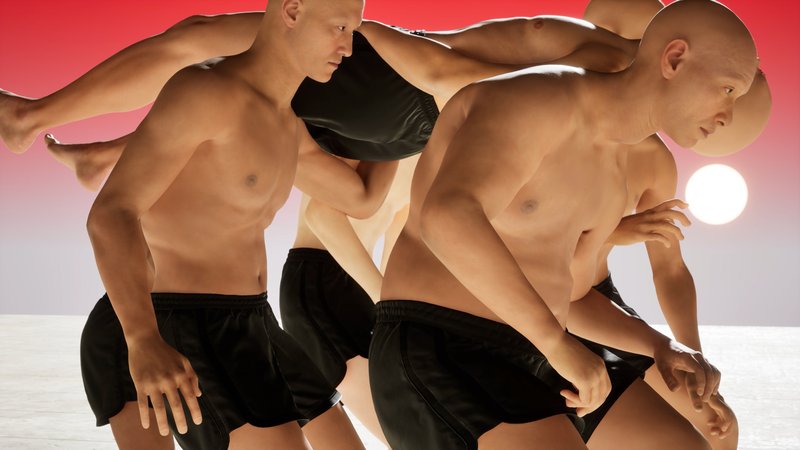
PHOTOGRAPHY
Mirielle Alina Rohr – Girls Manufactured
by Mirielle Alina Rohr
Girls Manufactured is a series of five ceramic vases, each representing a social media–driven aesthetic identity such as the Tradwife or Femme Fatale. These identities commodify femininity through strict visual and lifestyle codes that often lean towards conservative ideals and pleasing the male gaze. The photographer generated images with AI using datasets that I tied to each identity and integrated her own face to reflect her dual role as viewer and target scrolling through social media. The images I then transferred onto the vases using a technique that merges image and clay. The vases reference femininity through containment and decoration, while their form, based on Panathenaic amphorae, once awarded to male victors in ancient Greece, links ancient symbols of patriarchy to today's curated ideals.















































